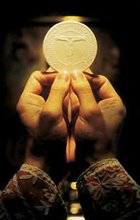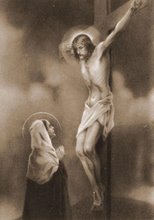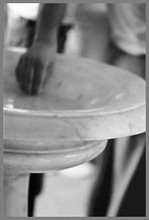"Let patience have a perfect work, that you may be perfect and entire, lacking nothing" (James 1:4)
The sorrow we consider today is one of Our Mother's greatest sorrows - the loss of her child in the temple. She was used to being in the the Divine Presence daily, one can assume at most times, excepting when duty required short separations. In a way this deprivation of Mary mimics the so-called dark night of the soul, in which one steeped in God's consolation is deprived of it in order to purify that soul's longing for God. Mary underwent a dark night that was very tangible and real.
In the second chapter of Luke, the story is told that the Blessed Virgin Mary and St. Joseph, together with thier family would visit the Temple annually at the Pasch. Jesus was twelve years old when this occurred, but upon departing, Jesus remained behind in Jerusalem. At some time during the return journey, Mary and Joseph realized Jesus was not with them nor thier relatives. They returned to Jerusalem and searched for three days before finding Him in the Temple, listening to the teachers and asking questions.
What an agony of fear and anxiety these holy parents must have underwent! The following scripture passages have been applied to thier lamentations: "Have you seen him whom my soul loves? (Cant 3:3). "My tears have been my bread day and night, while it is said to be daily: Where is your God?" (Ps 41:4). "The boy is not there, and I, where shall I turn?" (Gen 37:30). We can think about what anxiety any parents undergo at such a loss. We can safely assume that Mary and Joseph were not able to sleep nor eat during these three days. According to St. Bernard she frequently addressed Jesus during this time using the words of Canticles: "Show me where you feed, where you lie in the midday, lest I begin to wander" (Cant 1:6) Imagine her distress, perhaps she said: My son, tell me where you are, tell me that you are safe and unharmed so that I may find you and have peace. Let me no longer search for you in vain...
There are some who state that this sorrow was Mary's greatest of all. The most painful sword to pierce her heart through her entire life. This is the only sorrow during which she did not have Jesus with her. Now she suffers far from her Son: "And the light of my eyes itself is not with me" (Ps 37:11). Origin states that "because of Mary's love for her son she suffered more from this loss of Jesus than any martyr ever suffered in the separation of his soul from his body." These three days must have been exquisitely and abhorringly painful indeed. "Therefore do I weep, and my eyes run down with water; because the comforter...if far from me" (Lam 1:16). Also we hear our Lady's words echoing with those of Tobias, "What manner of joy shall be to me who sit in darkness and see not the light of heaven? (Tob 5:12)
Prayer
O Blessed Virgin, why do you afflict yourself, looking everywhere for your lost son? Is it because you do not know where he is? Do you not know that he is in your heart? Are you not aware that he feeds among the lilies? You yourself said: My beloved to me, and I to him, who feeds among the lilies (Cant 2:15). Your thoughts and your love- all so humble, so pure, and so holy- are the lilies which invite your divine Spouse to dwell in you. Amen+
(Source: The Glories of Mary by St. Alphonsus de Ligouri)
































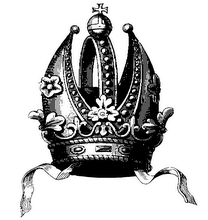
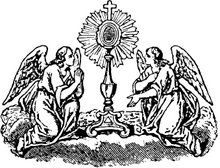








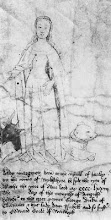01.jpg)














